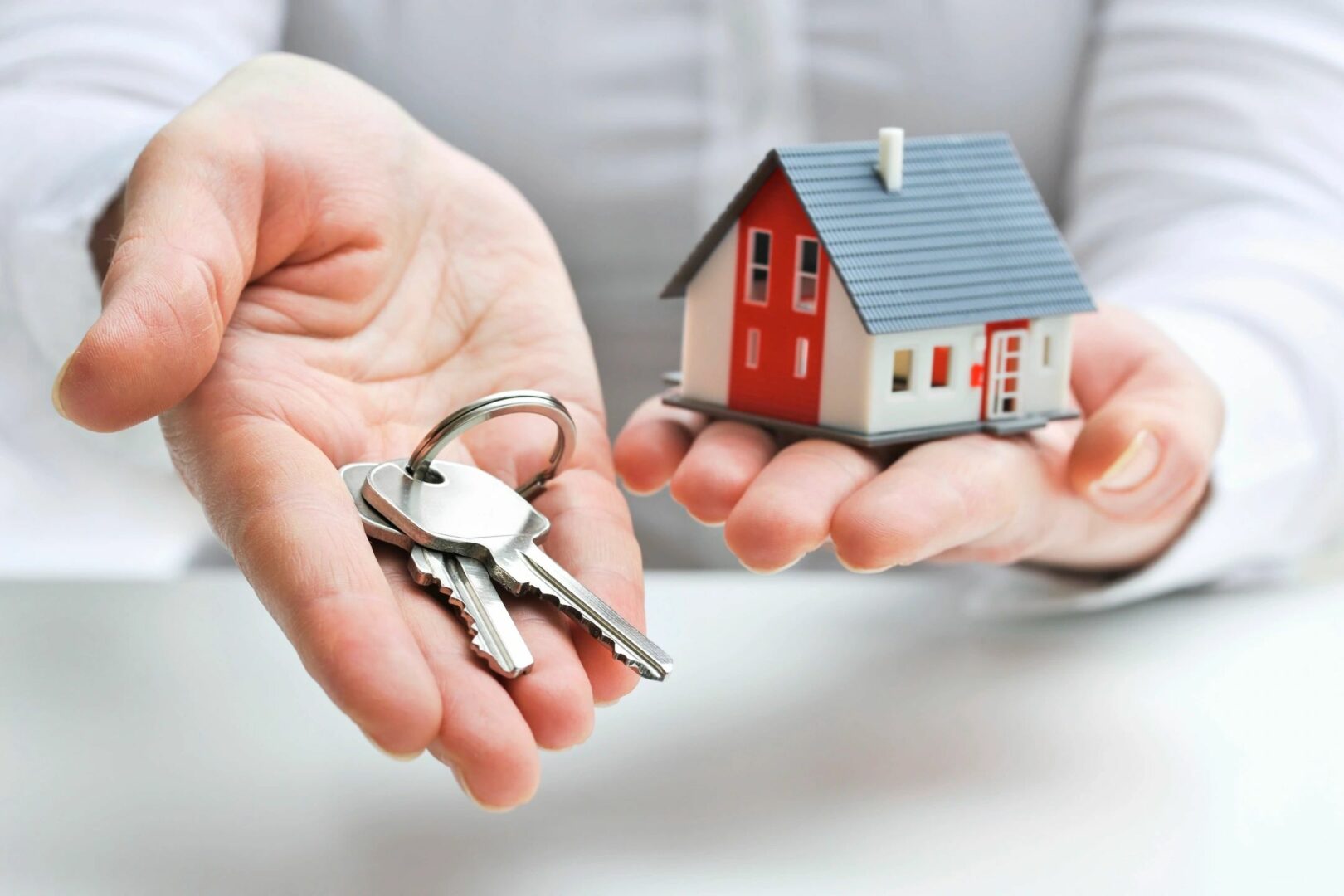The Ambergris Caye Real Estate industry is increasingly embracing sustainability, driven by the growing awareness of environmental issues and the desire for energy efficiency. Green buildings and sustainable Ambergris Caye Real Estate practices offer numerous benefits but also come with certain challenges. Understanding both is crucial for developers, investors, and stakeholders.
Benefits of Green Buildings and Sustainable Practices
1. Environmental Impact
Green buildings significantly reduce the environmental footprint by minimizing energy consumption, water usage, and waste production. Utilizing renewable energy sources, energy-efficient systems, and sustainable materials helps to lower greenhouse gas emissions and conserve natural resources. These practices contribute to the global effort to combat climate change and promote environmental stewardship.
2. Economic Advantages
Sustainable Ambergris Caye Real Estate practices can lead to substantial economic benefits. Energy-efficient buildings typically have lower operating costs due to reduced energy and water consumption. Additionally, green buildings often qualify for tax incentives, grants, and rebates from government programs aimed at promoting sustainability. Enhanced building performance and reduced utility expenses improve the overall financial performance and ROI for property owners and investors.
3. Health and Well-being
Green buildings are designed to improve indoor environmental quality through better air ventilation, natural lighting, and non-toxic building materials. These features create healthier living and working environments, leading to enhanced occupant well-being, productivity, and comfort. Improved indoor air quality, for example, can reduce the incidence of respiratory illnesses and allergies.
4. Market Demand and Property Value
There is a growing market demand for green buildings among tenants and buyers who prioritize sustainability and energy efficiency. Properties with green certifications, such as LEED (Leadership in Energy and Environmental Design) or BREEAM (Building Research Establishment Environmental Assessment Method), often command higher rents and resale values. The increased demand for sustainable properties can lead to faster lease-up rates and reduced vacancy periods.
Challenges of Green Buildings and Sustainable Practices
1. Higher Initial Costs
One of the primary challenges of green buildings is the higher upfront costs associated with sustainable materials, technologies, and design practices. Energy-efficient systems, renewable energy installations, and advanced building techniques can be more expensive than traditional methods. These initial costs can be a barrier for developers and investors, especially in markets with tight profit margins.
2. Technical Expertise and Knowledge
Implementing sustainable practices requires specialized knowledge and expertise. Developers, architects, and contractors must be well-versed in green building standards, certifications, and technologies. This need for expertise can limit the number of professionals capable of executing sustainable projects, potentially slowing down the adoption of green practices in the industry.
3. Regulatory and Compliance Issues
Navigating the complex landscape of environmental regulations and green building certifications can be challenging. Compliance with local, national, and international standards requires thorough understanding and meticulous documentation. Failure to meet these standards can result in legal issues, financial penalties, and project delays.
4. Performance Verification
Ensuring that green buildings perform as intended over their lifecycle is another significant challenge. Continuous monitoring and maintenance are required to achieve and sustain energy efficiency and environmental performance. This necessitates ongoing investment in building management systems and staff training to manage and optimize building operations effectively.
Conclusion
Green buildings and sustainable Ambergris Caye Real Estate practices offer compelling benefits, including environmental conservation, economic savings, improved occupant health, and enhanced property value. However, they also present challenges such as higher initial costs, the need for specialized expertise, regulatory complexities, and the requirement for ongoing performance verification. Balancing these benefits and challenges is essential for the successful integration of sustainability into the Ambergris Caye Real Estate industry, paving the way for a more sustainable and resilient future.


